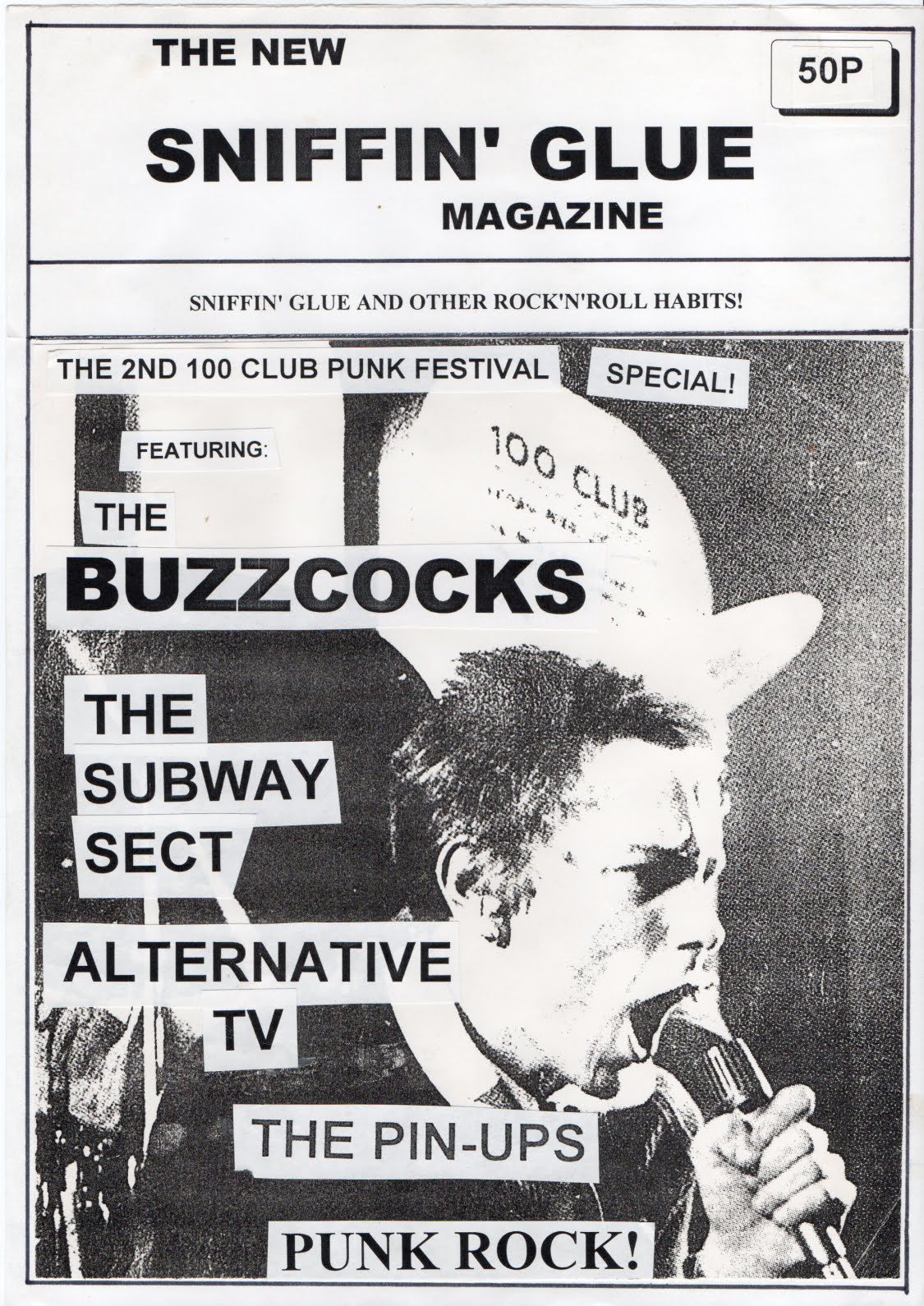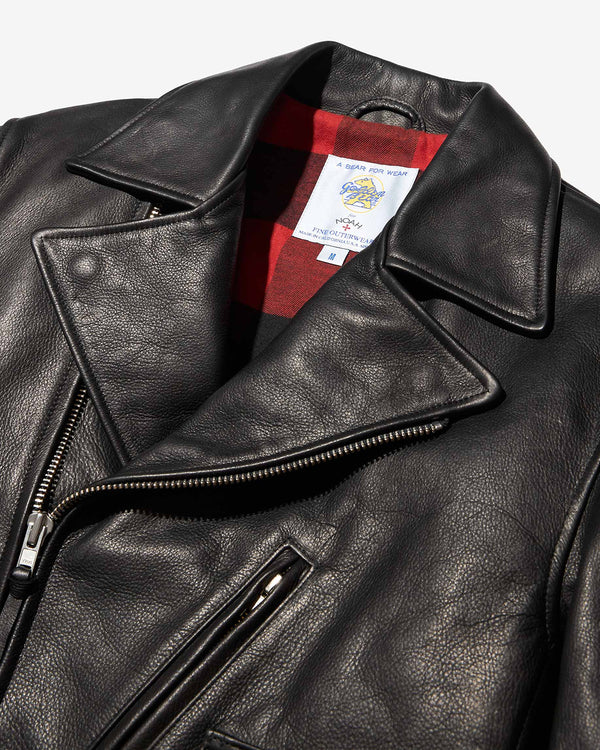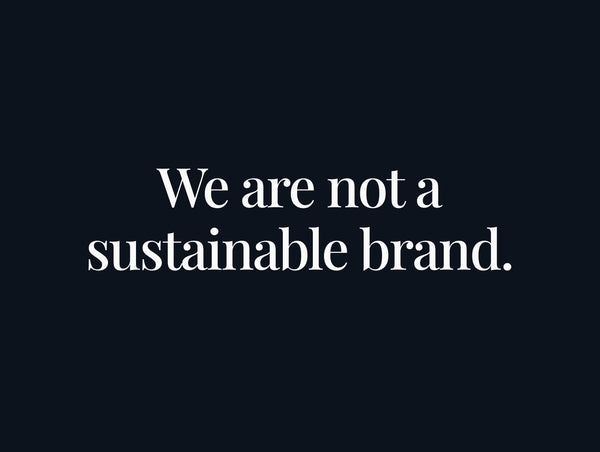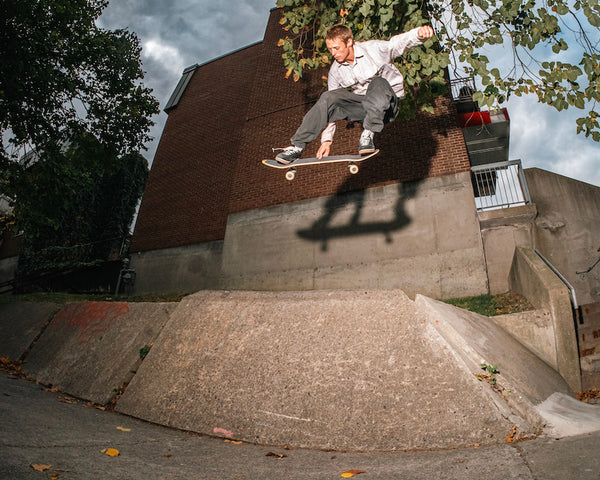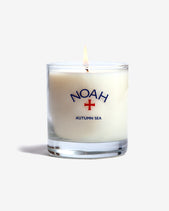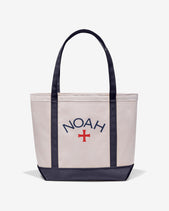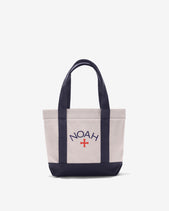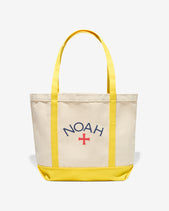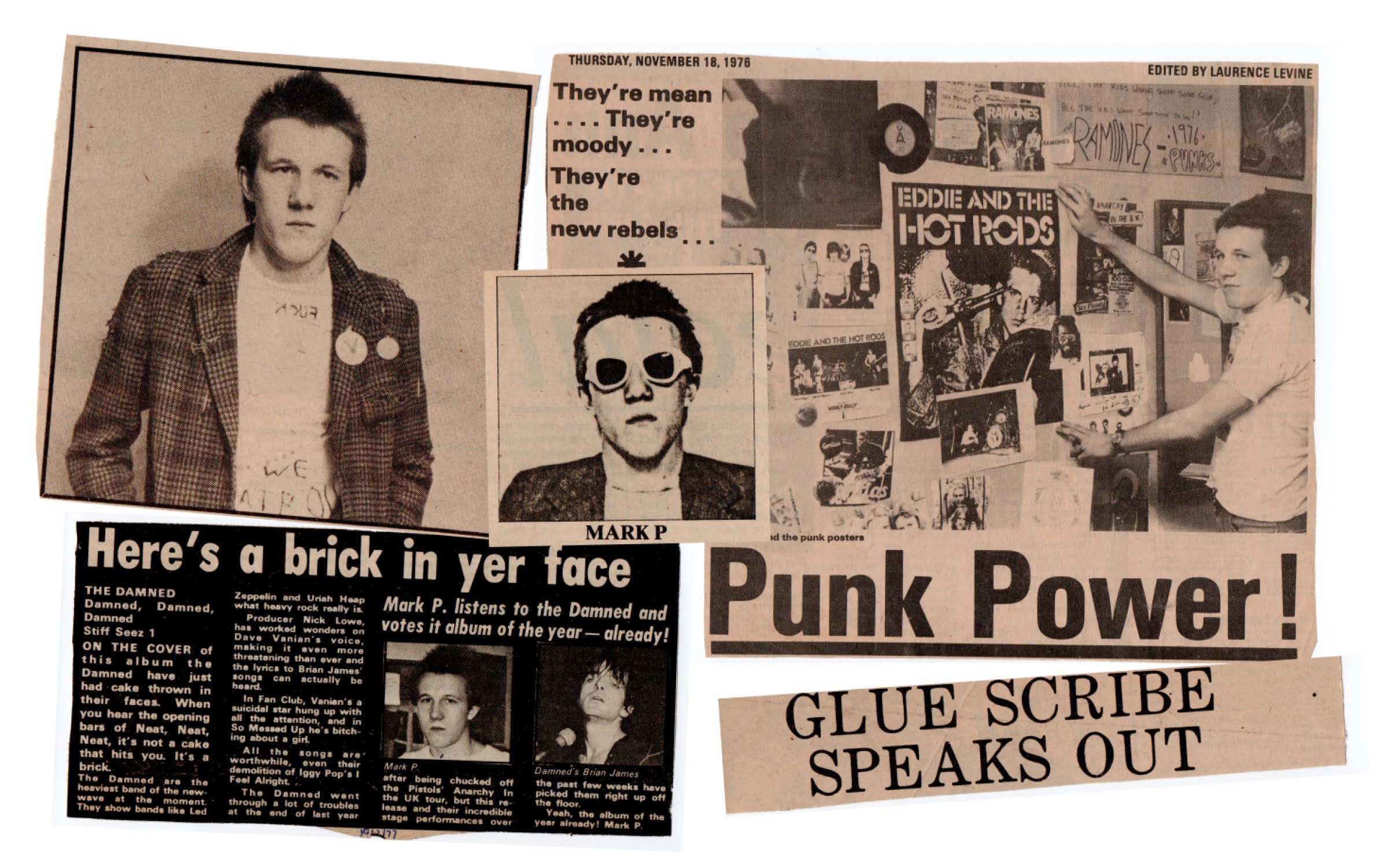
Renegade media and subculture go hand-in-hand. Before the internet made it easier to find out about under-appreciated music, movements, and brands, zines and other independent publications disseminated this information for a curious few who truly wanted to seek it out. It was infinitely harder to find like-minded people—you had to go to the same shows, frequent the same clubs, and do so much more than just follow the same accounts on social media.
Zines were an integral part of this. These were physical publications often made in small quantities and edited by skeleton crews of people who were simply excited about the scene and wanted to tell those stories from a firsthand perspective. SNIFFIN' GLUE AND OTHER ROCK'N'ROLL HABITS, better known as Sniffin' Glue, was a monthly punk zine started by Mark Perry
Its name comes from the Ramones song "Now I Wanna Sniff Some Glue." Sniffin’ Glue was one of the most important resources about punk’s first year, and it was told through the lens of people actively involved in the scene. Rather than risk a future where Sniffin’ Glue became absorbed into the mainstream press and become everything it was founded against, Mark Perry simply stopped publishing it in 1977, using its final issues to encourage readers to follow in its footsteps with punk fanzines of their own. On a whim,we decided to reach out to Mark Perry, the creator of Sniffin’ Glue, to tell us more about the story of the zine, as additional research for our blog post. Instead, he offered to write the blog post for us.
"HAIL HAIL ROCK'N'ROLL, DELIVER ME FROM THE DAYS OF OLD!"
That was written by Chuck Berry in the late 50s, but it could just as well be the rallying call for any number of youth music cults that have sprung up since Elvis decided he didn't want to work for a living anymore. Since then, the kids have looked to music to escape from what they perceive as old fashioned, staid and just plain boring.
The Beatles, Dylan, the Stones, the Doors, David Bowie. They've all come along and spoke to young people through their words, music and fashion. They changed people’s lives. For me, it was Ramones and and the emerging New York punk scene, which grabbed me by the scruff of the neck and changed my life for the better.
"NO ELVIS, BEATLES OR ROLLING STONES IN 1977!"
The Clash sang that in 1976. It sounded like a revolutionary statement at the time. It was! It was a rallying call that put a rocket up the music business' arse. It said, "We reject the past" and for a couple of glorious years, we did.
As a 19 year old bank clerk from Deptford, South-East London, I was a prime candidate for a Punk Rock makeover. I used to drag myself to work every morning, sitting amongst thousands of other 9 to 5 zombies on the overcrowded Underground trains. At the bank, I sat there in a daze, shuffling bits of paper about and saying "yes sir, no sir" to the boss. After work I'd sit in my teenage bedroom at my parent's council flat listening to the latest turgid rock albums, wondering what the hell I was going to do with my life. And then, I heard the first Ramones' album. At that moment, my life changeddramatically. I realized that this was different, more exciting, more raw.



All over the UK, other kids were thinking the same thing. Bands had started to spring up all over the place. Suddenly there was a scene that I felt I could contribute to. Not by playing music but by writing about it. So, in July 1976, my fanzine "SNIFFIN' GLUE AND OTHER ROCK'N'ROLL HABITS", was born. Named after the Ramones' song "Now I Wanna Sniff Some Glue", it was an alternative to the mainstream music press, which was populated by old hippies, living off of free lunches and backhanders from the music industry.
Over its 12 issues, "Sniffin' Glue" became the mouthpiece of the UK punk. Created with felt tipped marker, typewriter and cow gum, and photocopied in a High Street print shop, it perfectly encapsulated the back to basics DIY approach of Punk. Early articles on the Ramones, the Damned and the Sex Pistols. First ever interview with the Clash. Contributions from some of the best rock photographers in the UK, like Jill Furmanovsky, Erica Echenberg and Sheila Rock. We didn't have to pay them. They gave us stuff for free, just so they could gain the street cred of having their work in Sniffin' Glue.
"Anarchy in the rags!", I wrote in late '76, and within a few weeks hundreds of other fanzines appeared, charting on the growing punk scene. The DIY ethic was everywhere - independent record labels, posters, fashion. Even the band's themselves, a couple of rehearsals before the playing a gig at the Roxy Club. The Glue was at the heart of it, with some over enthusiastic commentators proclaiming me as the "prophet of punk" and "spokesman of a generation". The truth was I was in the right place at the right time, at the heart of the UK punk scene.



By September 1977, it was all over. By that time Punk bands were in the charts, signing up to major record labels and becoming part of the established music industry. I didn't think they was a need for Sniffin' Glue anymore. Plus, I'd moved on to other projects, forming my band Alternative TV and starting Step Forward records, putting out bands like Chelsea, Sham 69 and the Fall.
From an initial photocopied run of 50 copies of the 1st issue to a print run of 20,000 of the final 12th issue, Sniffin' Glue became a DIY legend, which influenced thousands of imitators all over the world. It remains the magazine to read, if you really want to know what actually happened during that first unforgettable year of punk.

